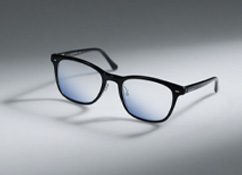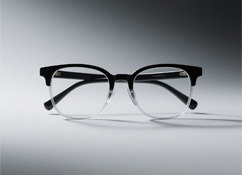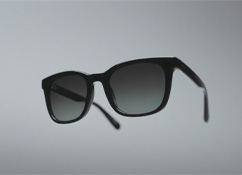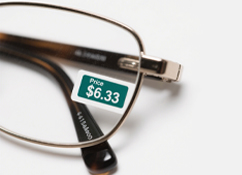Laser vs. ICL: Myopia Surgery—What to Know
Myopia (nearsightedness) is a common eye condition, and advances in medicine have made surgery a popular option for correction. The two main types of myopia surgery are corneal laser correction and ICL (Implantable Collamer Lens) implantation. This guide explains how each works, their pros and cons, who qualifies (and who doesn’t), and critical post-op habits to protect your vision.
1. How Do Myopia Surgeries Work?
Myopia surgery aims to correct blurred vision, helping patients reduce or eliminate dependence on glasses or contacts. There are two primary categories:
Corneal Laser Correction Surgery
This approach uses lasers to "reshape" the cornea, essentially creating a custom "lens" on the eye itself. Common types include:
· SMILE (Small Incision Lenticule Extraction)
· FS-LASIK (Femtosecond Laser-Assisted In Situ Keratomileusis)
· Full laser correction surgery
ICL Implantation
In this procedure, a prescription artificial lens is placed between the iris and your natural lens—like a permanent, ultra-thin "contact lens" that never needs removal (but can be taken out or replaced later). It corrects vision by adjusting how light focuses on the retina, delivering sharp, clear sight.
Both surgeries require a thorough eye exam first. Eligibility depends on factors like corneal health (for laser procedures) or anterior chamber depth (the space between the cornea and lens, normally 2.8–3.5 mm on average) for ICLs. Doctors use these results to recommend the best option.
2. Pros, Cons, and Eligibility for Each Surgery
SMILE (Small Incision Lenticule Extraction)
Pros:
· Tiny incision (only ~2 mm), leading to faster recovery and excellent visual quality.
Cons:
· Cannot correct pure astigmatism or hyperopia (farsightedness) alone.
Eligibility:
· Corneal thickness ≥ 500 μm
· Myopia ≤ 800 degrees
· Astigmatism ≤ 500 degrees
FS-LASIK (Femtosecond Laser-Assisted In Situ Keratomileusis)
Pros:
· Wider correction range, making it suitable for those with thinner corneas, high myopia, or significant astigmatism.
Cons:
· Higher risk of dry eye compared to other procedures. Not ideal for pre-existing dry eye.
Eligibility:
· Corneal thickness ≥ 450 μm
· Myopia ≤ 1200 degrees
· Astigmatism ≤ 600 degrees
ICL Implantation
Pros:
· Corrects the widest range of myopia (up to 1800 degrees). Ideal for high myopia, thin corneas, or irregular corneal shapes (who may not qualify for laser surgery).
Cons:
· Potential risks include infection, cataracts, or glaucoma. Also, ICL lenses are more expensive than laser procedures.
3. Not Everyone Qualifies for Myopia Surgery
Even if your prescription fits, surgery isn’t an option for everyone. Here’s what determines eligibility:
Age Limits
Surgery is typically recommended for adults aged 18–50, with stable vision (no more than 50 degrees of change in the past two years).
· Under 18: Eyes are still developing, and myopia may progress—surgery is not advised.
· Over 50: Age-related issues like presbyopia (farsightedness with age) or cataracts can affect results, making surgery less ideal.
Contraindications
You may be ineligible if you have:
· Severe dry eye
· Keratoconus (or a tendency toward it, a condition causing corneal thinning)
· Uncontrolled diabetes
· Systemic connective tissue diseases or immune disorders
· A history of excessive scarring (keloid formation)
· Too-thin corneas
· Unstable myopia (changing prescription)
4. Post-Op Habits to Avoid—Protecting Your Vision
Even with successful surgery, poor eye care can lead to vision decline. Steer clear of these harmful behaviors:
Excessive Close-Up Viewing
Staring at screens or reading for long periods strains eyes, hinders recovery, and may cause vision regression.
Eye Trauma
For laser-based surgeries, the corneal flap takes about 1 month to fully heal. Avoid blunt force or high-impact activities (boxing, basketball, soccer) during this time—they risk dislodging the flap.
Ignoring Hygiene
· Skip eye makeup for the first month.
· Avoid contact lenses for 3 months.
· Don’t swim for 3 months or dive for a year. Waterborne bacteria or chemicals can irritate the cornea and raise infection risk.
Exposure to Irritants
For the first month, avoid smoking, drinking alcohol, or eating highly spicy foods. These can dry out eyes, cause fatigue, and slow healing.
Remember: Even after surgery, long-term overuse of eyes (e.g., excessive screen time) can lead to new myopia and vision loss. Prioritize eye health to maintain your results.











